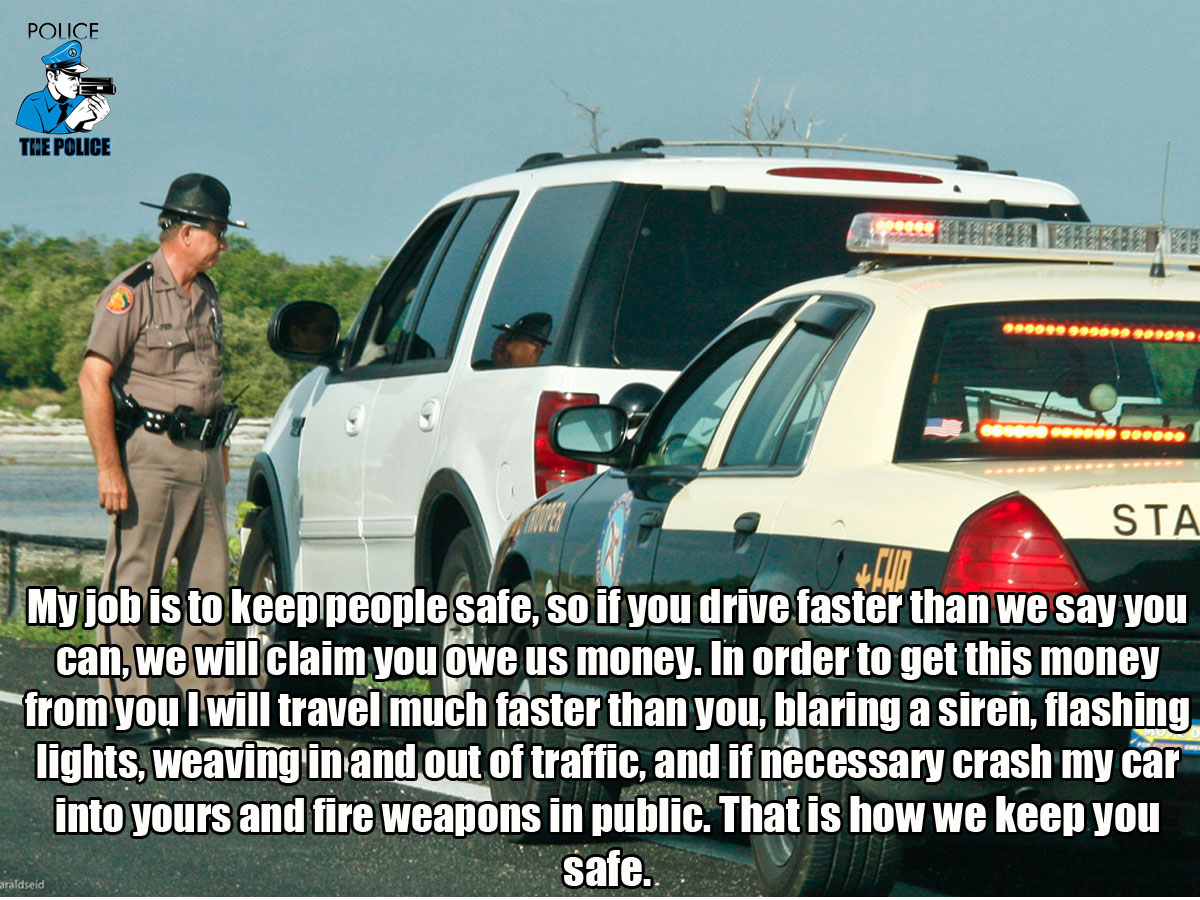Leasing a vehicle is a lot like renting an apartment. You pay a monthly fee to use it – but you don’t own it and aren’t making payments toward ownership. You have no equity stake in the deal. A leased vehicle remains the property of the lessor – the company that issued the lease.
As with an apartment rental contract, a lease will have a fixed term – typically two or three years. You’re obliged to make what amount to monthly rent payments for the length of the contract in order to continue using the vehicle.
As is often the case with renting an a apartment, you’ll likely have to put down some cash, too, as “security deposit” at the lease inception. This money will be used to pay to cover any damage to the vehicle – things like body damage, stains on the seats, etc. – when you return it at the end of the lease.
Also like a rental contract for an apartment, you may be able to get out of the lease before the end of the contract – but typically there will be penalties, such as the forfeiture of your security deposit.
So, why lease?
The big advantage with leasing is flexibility. You aren’t making a long-term commitment as is the case with buying.
The typical lease contract runs for 2-3 years. The typical new car loan, on the other hand, is 5-6 years. When the lease period is up, you can simply bring the car back and walk away. Or you can buy it if you like (by paying off the remaining balance – called the “residual value” – which you’ll negotiate in advance at the time of lease inception).
Another leasing plus: Since you are only renting the car, your total cash outlay should be much less. While you may have to come up with the security deposit, as well an initial payment, your monthly payment will be less than if you bought because it’s not based on the full purchase price (plus interest) as it would be if you bought the vehicle. A lease payment will be based on a portion of the car’s value – not the whole MSRP sticker price.
This means you’ll have more money in your pocket to spend on other things. Or, if you prefer, you can probably afford to drive a more expensive car when you lease – since the monthly payments will be comparatively lower. This is one of the biggest single attractions of leasing for many people. A car (or truck) that might cost you say $500-$600 per month to buy could be $100-$200 per month less to lease.
Another nice thing about leasing is that you’re always driving a new or nearly new vehicle – and you don’t have to worry about the potentially expensive repair and/or maintenance problems that inevitably crop up as a car ages and is no longer covered by the warranty. The leased car will typically be under factory warranty for the duration of the lease – and many lease contracts even have provisos that cover routine maintenance, such as oil changes, etc.
Leasing may also have tax advantages for you – but this is something you’ll have to ask your accountant about. In the past, leases were entered into almost exclusively by people who used their vehicle for business purposes, such a realtors, who could claim deductions not available to those who purchased them outright.
There are downsides to leasing, of course.
For one, since you’re only making what amount to rental payments each month, you won’t have anything tangible to show for your money at the end of the lease. If you spend, say, $10,000 on lease payments (about $400 per month) over two years, that $10,000 is gone – forever. Every penny you put toward the lease contract is now in the hands of the leasing company. And the car will be, too. You’ll have to either sign up for a new lease (and come up with the cash to do that), buy a new or used car (and come up with the cash for that) … or walk.
A person who buys his vehicle, on the other hand, has the comfort of knowing that one day, his vehicle will be “paid for” and – assuming it is still in good shape at that point – it’ll be “free transportation” until it breaks down or the owner decides to sell it.
In addition, a person who owns his car has equity (value) in the car or truck. Even though it will depreciate with each passing year, so long as it’s still serviceable transportation, it will always be worth something. That something can be used to help raise money to pay for a new one when the time comes – or for some other need.
The person who leases must start from scratch every time – every 2-3 years.
There’s also the mileage issue. If you lease, your contract will typically stipulate the maximum number of miles you’re allowed before the end of the lease. If you exceed the figure, it can get very expensive. Per-mile charges over the stated maximum are often exorbitant. Be extremely careful about this. Don’t guess what your annual mileage is. Know. And figure accordingly.
Also: If you lease, you’re not allowed to modify the vehicle – and if you get into a fender bender, the car must be repaired on your nickel.
The person who owns his car, meanwhile, can drive it as much as he wants, and do pretty much whatever he feels like with it, too. He can swap out the stereo, add different wheels and tires, change the exhaust system – whatever. Do this with a leased car and you’ll have to pay whatever if takes to put the car back the way it was.
Probably the single biggest potential pratfall with leasing, though, is that the process is more complex than buying – and people who don’t understand often-inscrutable financial language can find themselves on the short end of the stick. Always closely read – and be sure you understand – every proviso of the lease contract before you sign.
That same advice goes for a normal sales contract, but with a lease deal, the non-expert is much more vulnerable.
So, take your time – and be sure the deal’s right for you.










